-
Welcome to Miniaturk
- iletisim@kultur.istanbul
- +90 212 222 28 82
Welcome to Miniaturk

Built in 1394 by Yıldırım Bayezid and enlarged by Sultan Mehmed the Conqueror, it is the oldest Turkish artifact in Istanbul. Located in the narrowest part of the Bosphorus, it aims to keep the Bosphorus under control. It is on the other side of Rumeli Hisarı.
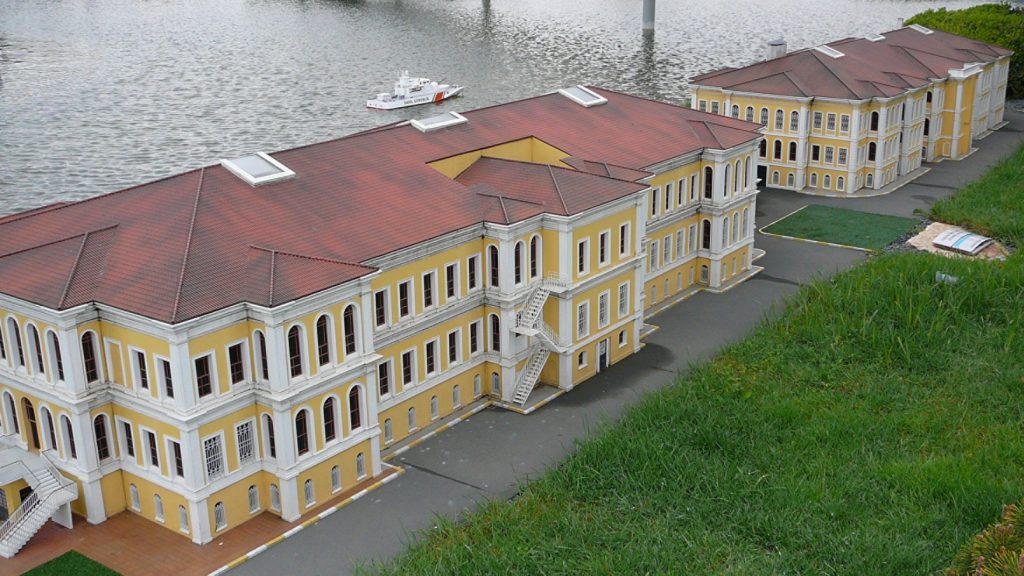
Kabataş High School was opened in 1908 at Esma Sultan Mansions in Kabataş district in place of the Aşiret Mektebi, which had previously been closed. The big building on Besiktas side previously served as Secondary School and then was used as the dormitory and dining hall of Kabataş High School. The big building on Ortaköy side has been used as Kabataş High School since 1928.
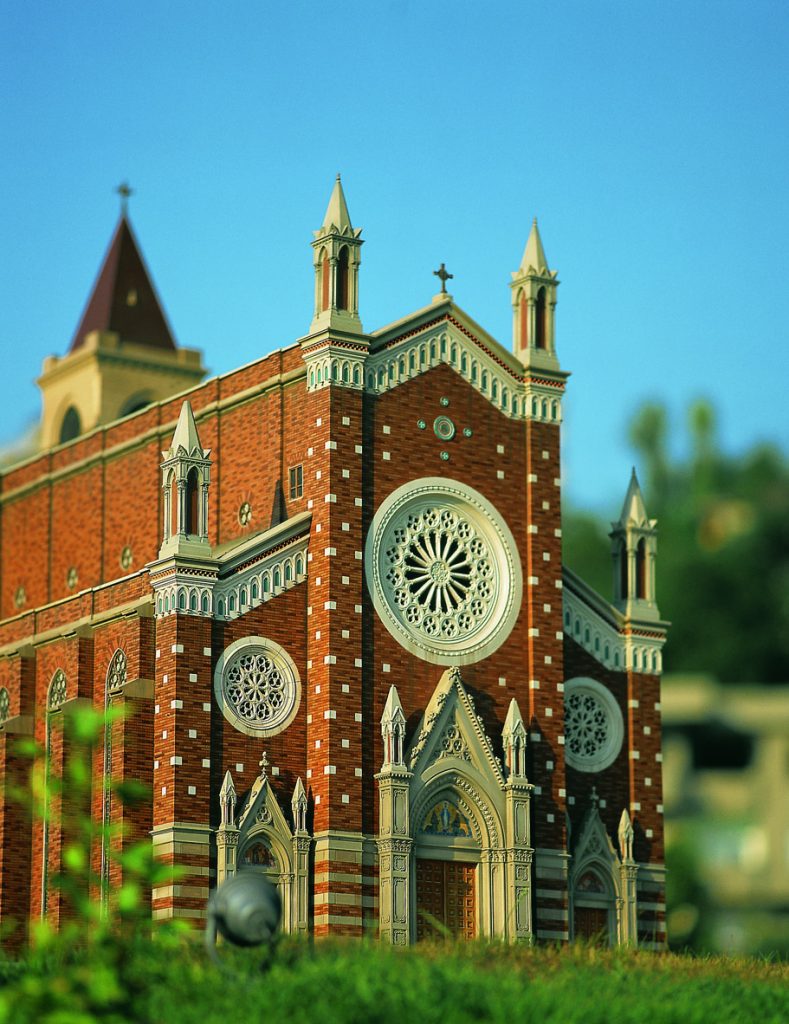
The church construction started in 1906 and the church was opened to the public prayers in 1912. It is the biggest church in İstanbul. St. Antoine’s Church is an Italian Catholic church, belonging to the Franciscan sect. The church was by the architect Mongeri in the Italian Gothic style. Latin-Catholic Christian people habiting in Istanbul who come together specially at Christmas and it is the biggest community having church in Istanbul.
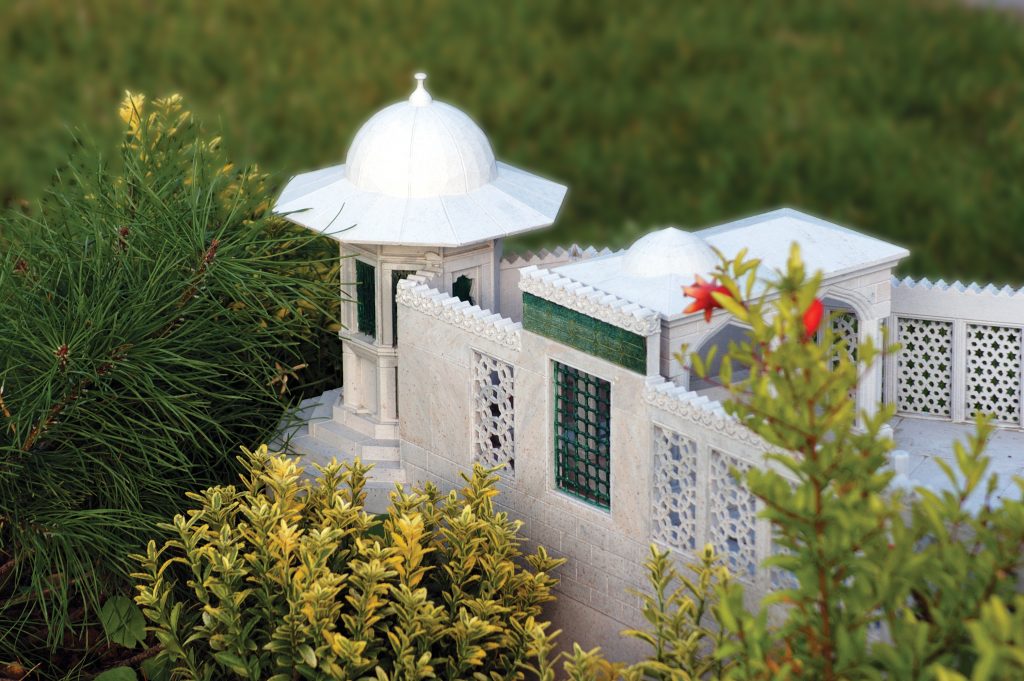
The tomb that Mimar Sinan built in 1588 just shortly before his death is at the corner of Süleymaniye Mosque. There is a poem with 15 verses telling his life story written by Mustafa Sâî Çelebi for the great master above the window.
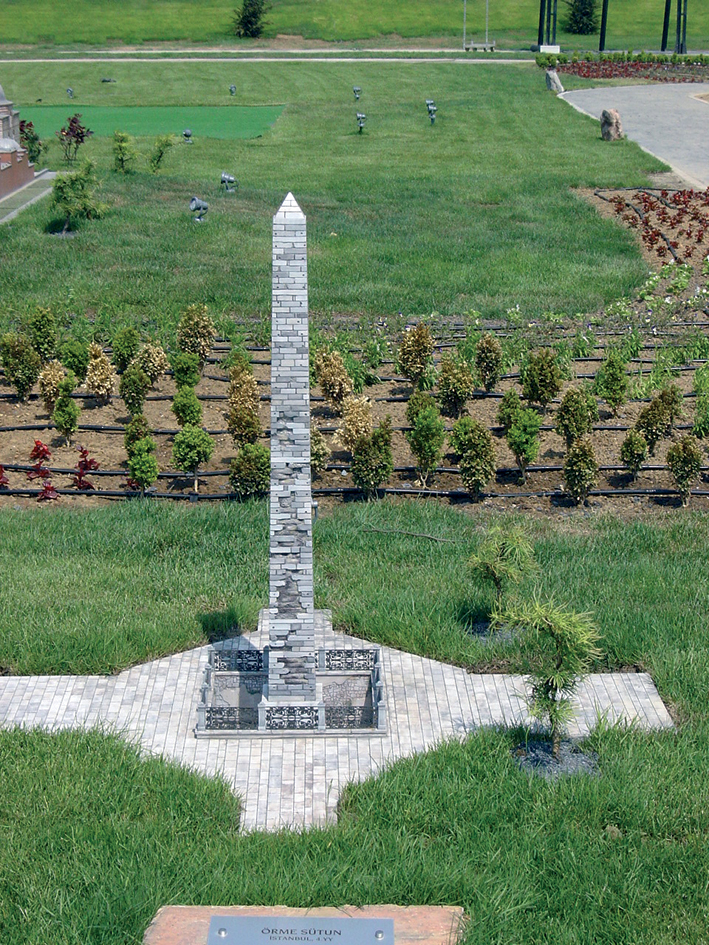
Built in 4th century, the work made of limestone blocks is 32 meters high. After the excavations, fountains were found on each four sides of the work.
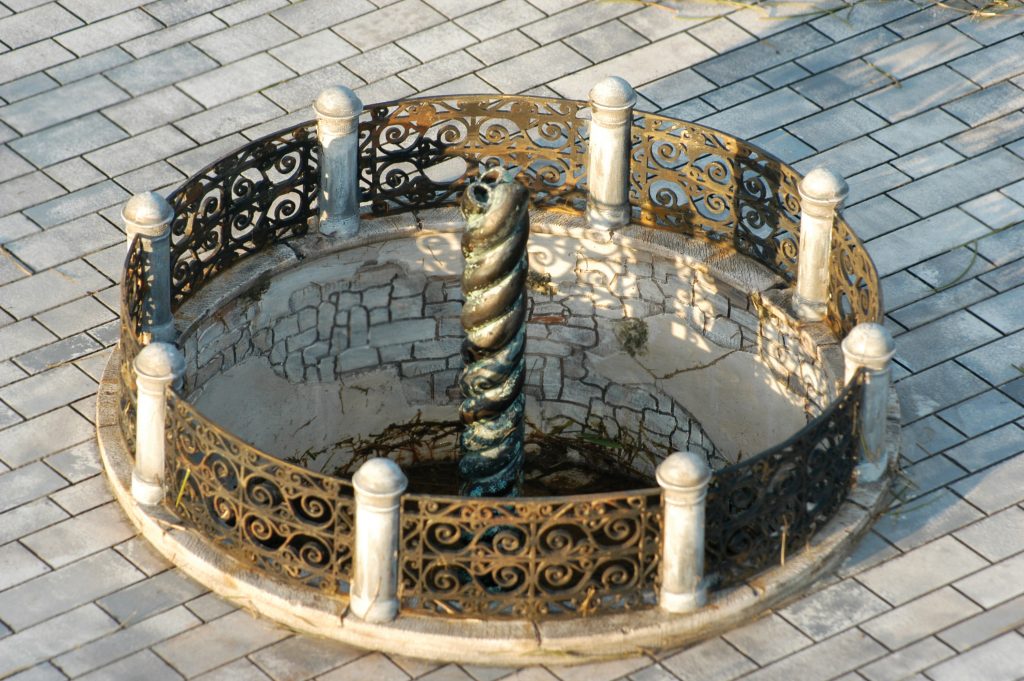
Dated to the 5th century BC, the Serpent Column was built by melting the Persians’ weapons in memory of the triumph of the 31 Greek cities against the Persians. The original building was 8 meters high, however, 5.5 meters of it stand today.
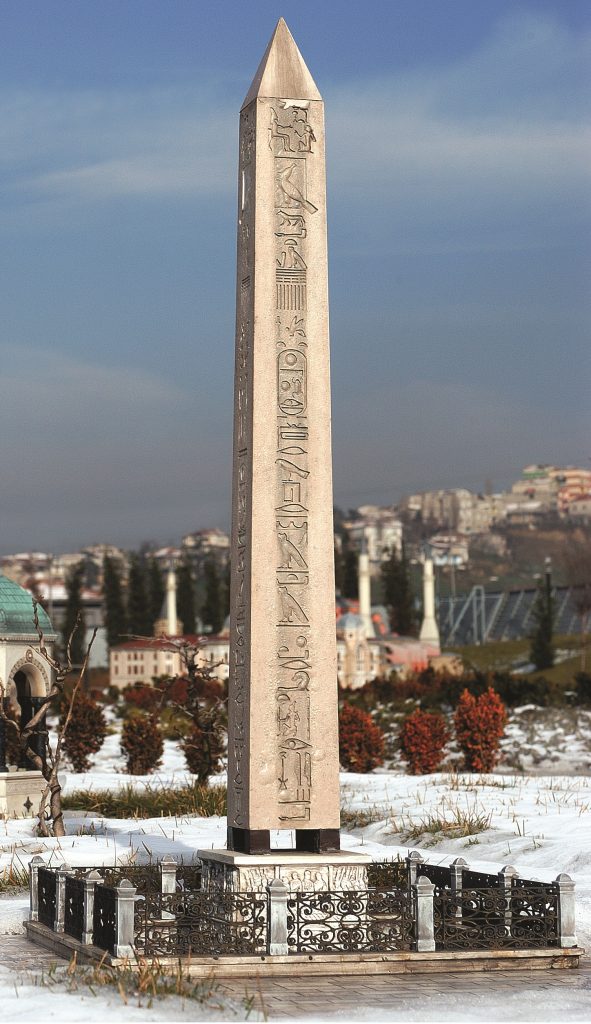
The Obelisk was erected in Karnak Temple in Egypt in 1547 BC and brought to Istanbul in 390. The monolith, 25 meters high, has hieroglyph of the phaorah’s victories.
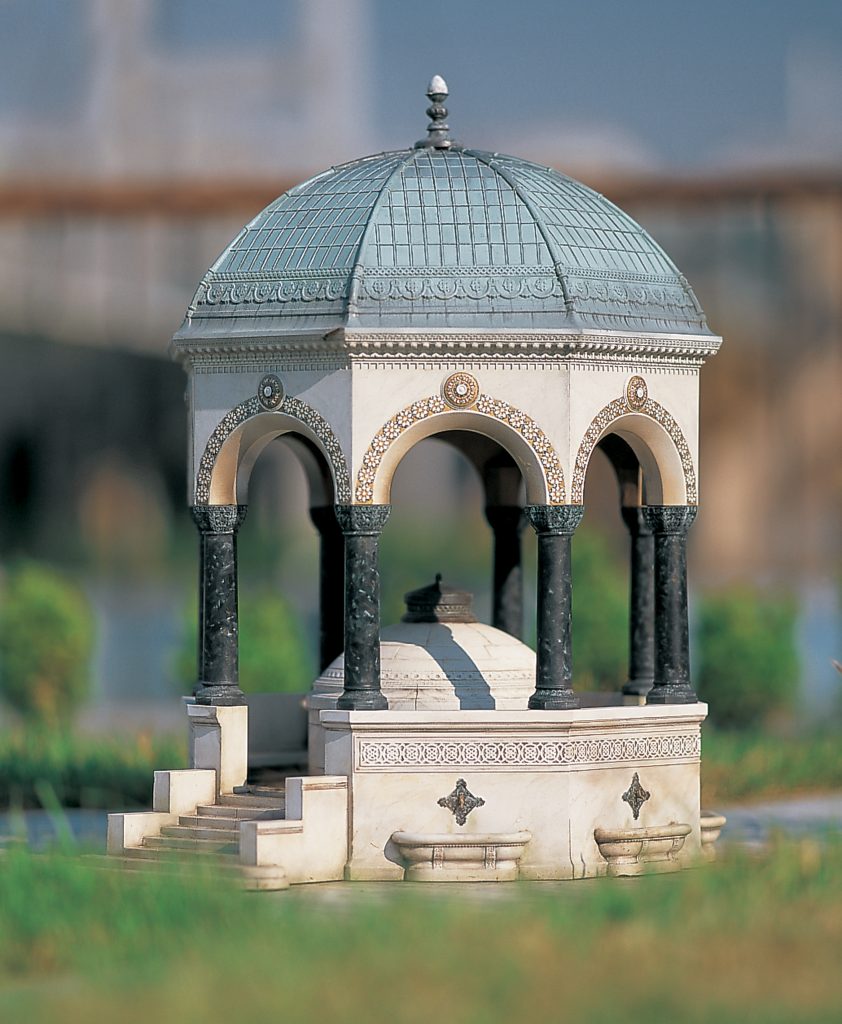
It was built by German Emperor Kaiser Wilhelm the 2nd in 1901 in Germany as a gift for Sultan Abdulhamid the 2nd. It is thought that the design was made by Kaiser himself.
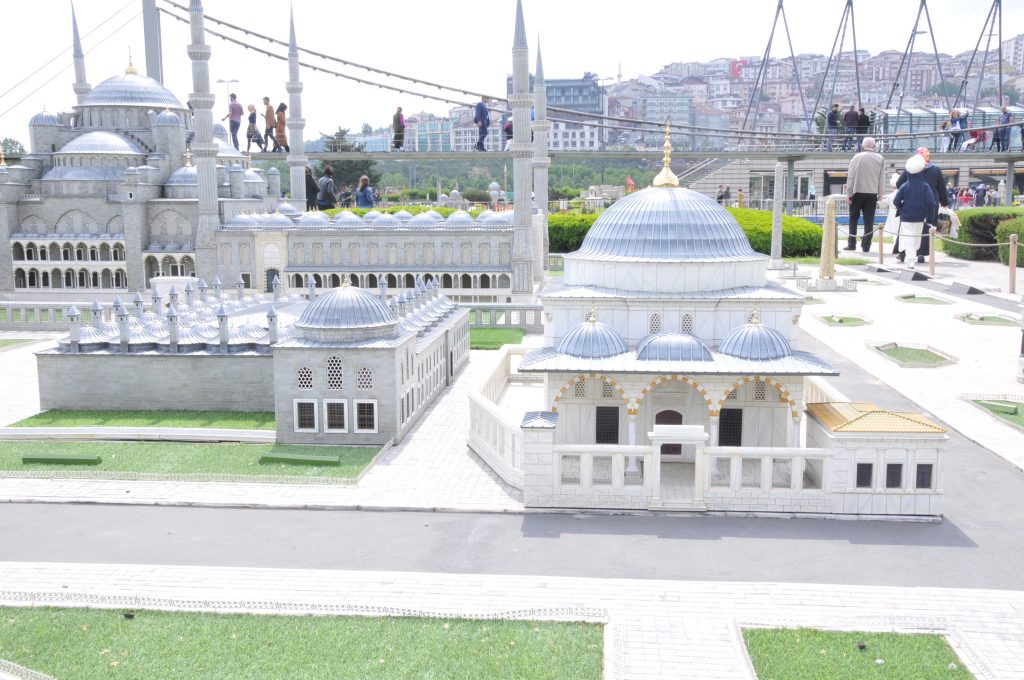
The mosque was built by Sultan Ahmed the 1st in 1609. It is also known as the Blue Mosque by the Europeans since the walls are covered with blue and white tiles up to the second window level. The architect is Sedefkâr Mehmed Aga. It was built on the remains of the Byzantine Grand Palace. It is one of the six minarets of Türkiye.
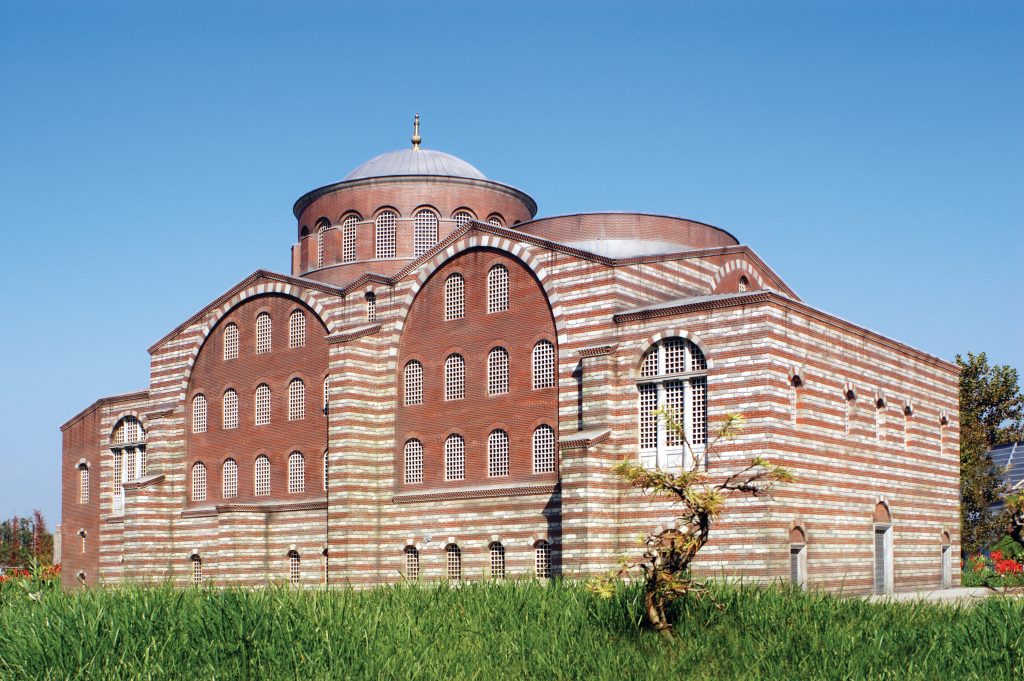
It was built together with Hagia Sophia by the Byzantine Emperor Justinian I in 537. It is the Greek Orthodox Church. After the conquest of Istanbul, the church, stayed inside of the walls surrounding Topkapı Palace, has never been turned into a mosque.
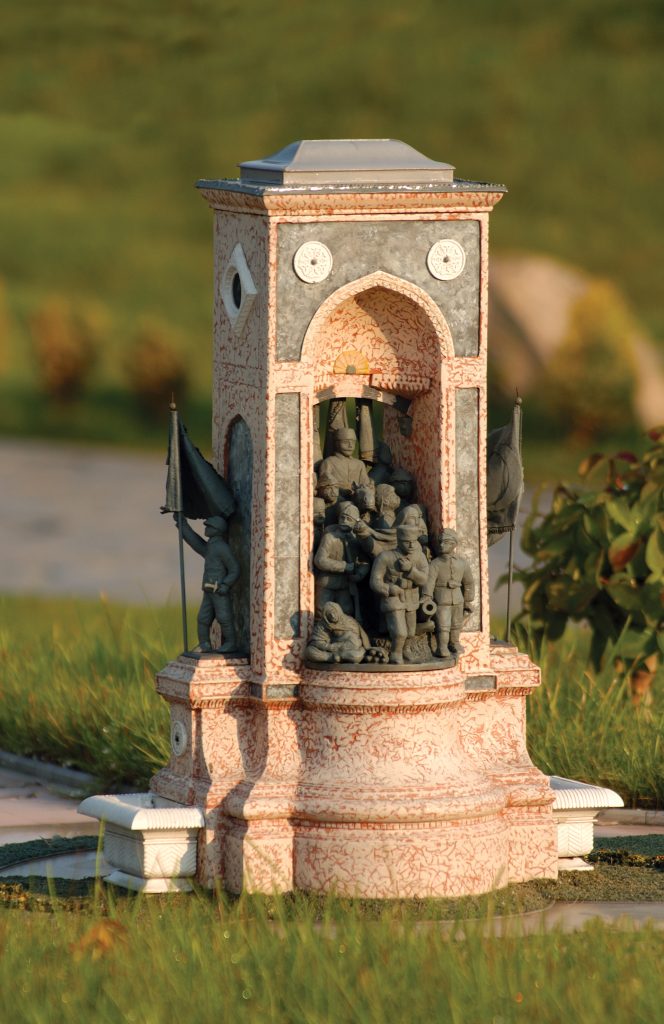
It was made in Italy in 1928 by Italian sculptor Pietro Canonica. The green and red marbles used in the 11 meters high monument are Italian marble. The Atatürk sculpture was made based on his photographs taken when he was going to Kocatepe. The other side has a composition that shows Atatürk, İsmet İnönü and Fevzi Çakmak among the army and the public.
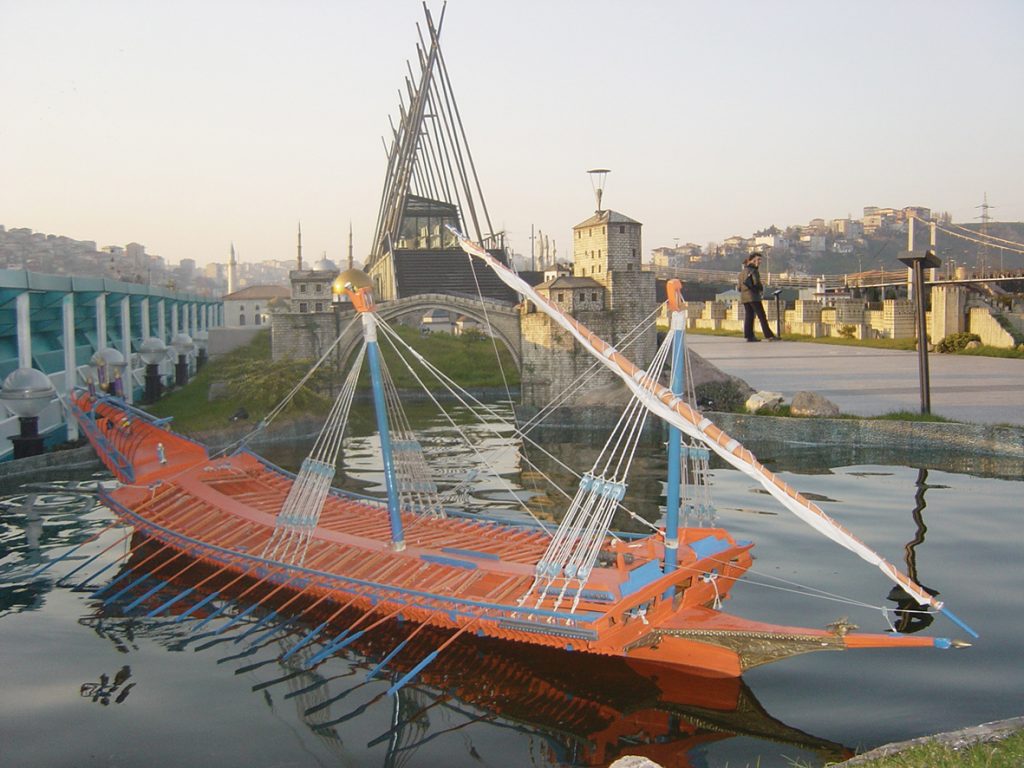
The Bastardas are the biggest and most spectacular type of galleys belonging to the Ottoman Navy. They were magnificent in terms of aesthetics and almost turned into a work of art in 17th century. The Bastarda 1657, with 32 rows of paddles and 750 staff, is considered as one of the best examples of its type.